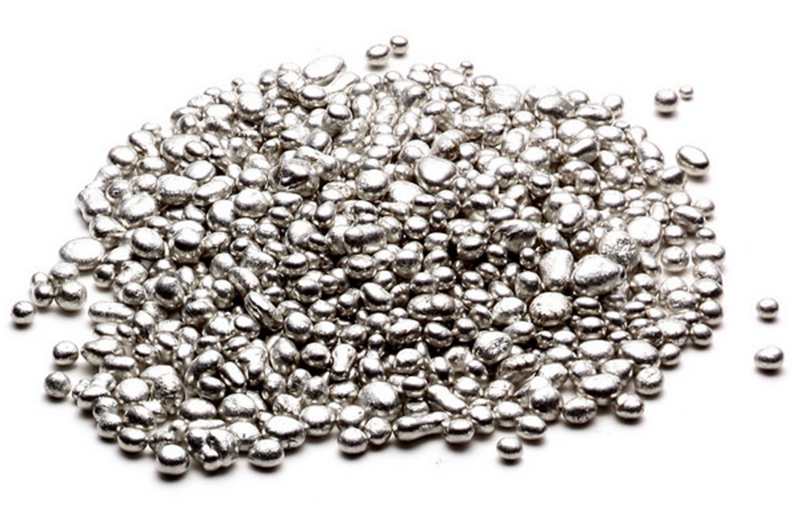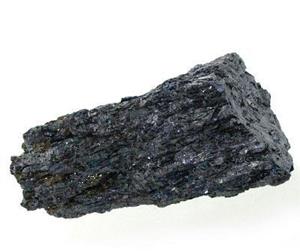Silver nanoparticles (restructuring) Nano silver particle (PhD Nano _ microelectronics)
Researcher and author: Dr. ( Afshin Rashid)
Note: Silver is a shiny, soft, very flexible and flexible metal. The most important property of silver is its antimicrobial properties. This material is an excellent conductor for heat and electricity. The use of particles from micro-scale to nanoscale offers advantages for various scientific fields, but because a large percentage of their atoms are on the surface, nanomaterials can react greatly and pose potential risks to humans. To have with.
Nanoparticles are highly regarded both in industry and in the natural sciences due to their widespread use. While natural materials have fixed physical properties regardless of size, the size of a nanoparticle determines its physical and chemical properties. Therefore, the properties of a substance change as its size approaches the nanoscale and the percentage of atoms on the surface of the material becomes significant. An important feature of all nanostructures is that the number of surface atoms in them is greater than the number of volume atoms. This ratio increases with decreasing nanoparticle size. Therefore, nanoparticle size is an important feature. The range of change in nanoparticle activity depends on the nature and shape of the nanostructure. With However, if the energy field of nano-energy electromagnetic radiation is comparable if certain range The wavelength changes dramatically with the occurrence of chemical reactions in the irradiated material. The activity of nanoparticles up to 100 nm will be significant. Nanoparticle surface atoms are not energy compensated. In general, the results of nanoparticle energy growth can be expressed as the total energy of the atomic surface atoms. The freedom of movement of atoms on the surface of nanostructures is limited, and only vibrational movements and the movement of electrons are possible. These two electro-kinetic reactions are interdependent because the displacement of the electron clouds of the atoms inevitably changes the vibrational frequencies of the bonds of the nanoparticle atoms . On the other hand, the displacement of capacitance electrons in bonds changes the polarity of bonds and objects called supermolecules . In this case, electron transfer to a higher energy level is possible.
Silver has the highest electrical conductivity of all metals, but because it is so expensive, it is not widely used for electrical purposes. Silver is not a chemically active metal; However, sulfuric acid and concentrated sulfuric acid react with it. Silver can be obtained from pure sediments as well as from silver ores. Silver does not oxidize in air. However, it reacts with hydrogen sulfide in the air and stains the metal due to the formation of silver sulfide. Hence silver products need regular cleaning. Silver is stable in water. Pure silver is almost white, shiny, soft, flexible, it is an excellent conductor of heat and electricity. Silver is so soft that it can not be used in its pure form but must be mixed with other metals.
Conclusion :
The use of particles from micro-scale to nanoscale provides advantages for various scientific fields, but because a large percentage of their atoms are on the surface, nanomaterials can react greatly and pose potential risks to humans. To have with.
Researcher and author: Dr. ( Afshin Rashid)
PhD in Nano-Microelectronics




